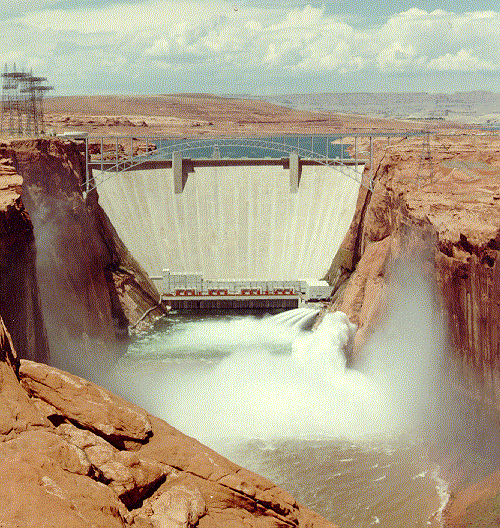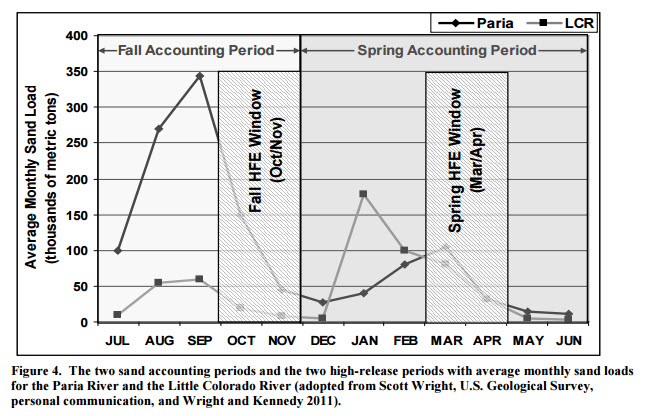Difference between revisions of "The HFE Page"
Cellsworth (Talk | contribs) |
Cellsworth (Talk | contribs) |
||
| Line 38: | Line 38: | ||
{|width="100%" cellpadding="2" cellspacing="5" style="vertical-align:top; background:#f5faff;" | {|width="100%" cellpadding="2" cellspacing="5" style="vertical-align:top; background:#f5faff;" | ||
! <h2 style="margin:0; background:#cedff2; font-size:120%; font-weight:bold; border:1px solid #a3bfb1; text-align:left; color:#000; padding:0.2em 0.4em;">Updates</h2> | ! <h2 style="margin:0; background:#cedff2; font-size:120%; font-weight:bold; border:1px solid #a3bfb1; text-align:left; color:#000; padding:0.2em 0.4em;">Updates</h2> | ||
| − | |||
|- | |- | ||
|style="color:#000;"| | |style="color:#000;"| | ||
[[File:HFE windows.jpg|750px]] | [[File:HFE windows.jpg|750px]] | ||
| − | |||
| − | |||
| − | |||
| − | |||
| − | |||
| − | |||
| − | |||
| − | |||
| − | |||
| − | |||
| − | |||
<!-- | <!-- | ||
| Line 92: | Line 80: | ||
<br> | <br> | ||
*'''[[GCDAMP Rapid Response Learning Page| Rapid Response HFE Page]]''' | *'''[[GCDAMP Rapid Response Learning Page| Rapid Response HFE Page]]''' | ||
| + | [http://www.usbr.gov/uc/rm/gcdHFE/2012/video/index.html http://gcdamp.com/images/e/e5/2012_HFE_-PIC.jpg] | ||
| + | *['''Earth Magazine 2013 Releasing a flood of controversy on the Colorado River''' http://www.earthmagazine.org/article/releasing-flood-controversy-colorado-river earthmagazine.org/article/releasing-flood-controversy-colorado-river] --This article sets the basis for the HFE, provides the history of past HFEs, and discusses the issues. Key Words: Sediment- Fish results- Adaptive Mgt | ||
| + | |||
|} | |} | ||
Revision as of 12:57, 1 June 2016
|
|
Construction and operation of dams results in numerous physical and ecological changes to river systems. Among them is the sediment carrying capacity of the river downstream of the dam. With the construction of Glen Canyon Dam, seasonal flooding that once moved sand from the riverbed to the shoreline, no longer occurs. Because more than 90 percent of the sediment that historically moved through the Grand Canyon is trapped behind the dam, the primary sources of new sand to the river system are two downstream tributaries: the Paria and Little Colorado rivers. The Operation of Glen Canyon Dam Final Environmental Impact Statement, completed in March 1995, hypothesized that controlled high-volume releases of water could be important for restoring ecological integrity downstream from the dam. Testing that hypothesis would help determine whether experimental high flows could be used to benefit important physical and biological resources in Grand Canyon National Park and Glen Canyon National Recreation Area. Such flows would also be consistent with the objectives of the 1992 Grand Canyon Protection Act (Public Law 102-575). Because controlled experimental high-flow releases to some extent mimic natural flooding, conducting such releases would provide the opportunity to evaluate the potential benefit to sediment-dependent resources including sandbars and camping beaches, marsh and riverside vegetation, and backwaters, which are near-shore areas of low-velocity flow which may be used as rearing habitat by native fish. In May 2012, the Department of the Interior implemented a new protocol for conducting multiple high-flow experimental releases through 2020, built on the 16 years of knowledge gained from prior HFEs and associated scientific research and experimentation conducted under the Adaptive management Program. The protocol provides a flexible framework to conduct HFE releases when favorable sediment conditions exist so the optimal timing, duration, frequency, and other conditions that will maximize ecological and riparian benefits downstream in Grand Canyon can be determined. The protocol identifies the conditions under which an HFE release will likely yield the greatest conservation and beneficial use of sediment deposited by inflows from Colorado River tributaries as a result of rainstorms, monsoons, and snowmelt. The ultimate goal of understanding the complexities of the interrelated ecosystem downstream of Glen Canyon Dam is a long-term challenge. The adaptive management model which emphasizes an ongoing cycle of learning through experimentation, refinement, and improvement over time, provides the appropriate framework to achieve this understanding. Through the Glen Canyon Dam Adaptive Management Program, continued implementation of HFEs as a key operational strategy will yield invaluable knowledge about the response of, and benefit to downstream resources. [1] |
| --- | --- | --- |
|---|
|


